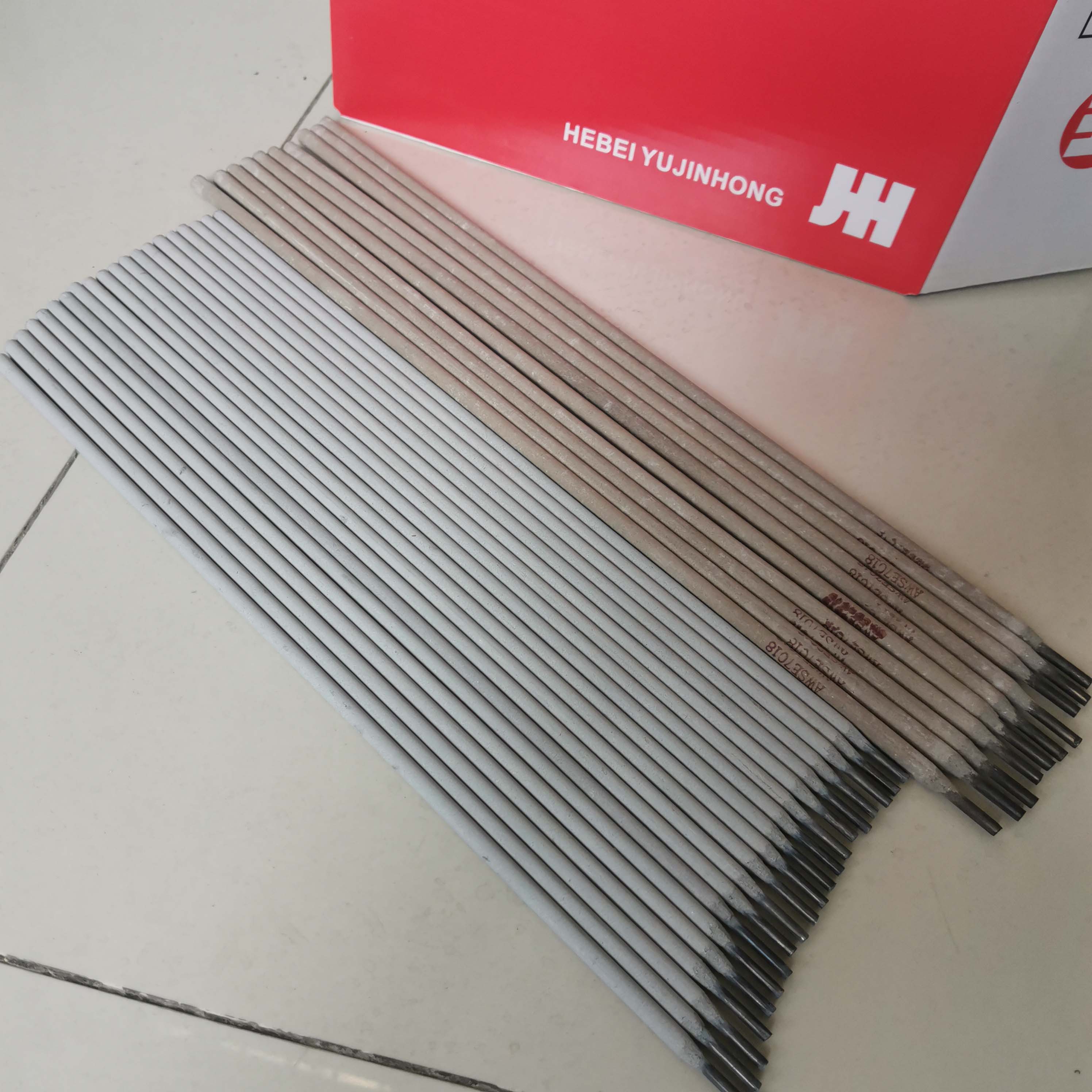Understanding MIG Solid Wire for Effective Welding Techniques and Applications
Understanding MIG Solid Wire The Backbone of Modern Welding
MIG (Metal Inert Gas) welding, also known as GMAW (Gas Metal Arc Welding), is one of the most popular welding processes used in various industries today. It is favored for its ease of use and adaptability to a wide range of materials. A critical component of the MIG welding process is the solid wire electrode, which plays a significant role in determining the quality and effectiveness of the weld. This article delves into the importance of MIG solid wire, its types, applications, and best practices for optimal welding performance.
What is MIG Solid Wire?
MIG solid wire is a continuous feed electrode used in the MIG welding process. It is made of metal and is fed through a welding gun into the weld pool, where it melts and fuses with the base metals, creating a strong joint. Solid wires are typically made from a variety of materials, including mild steel, stainless steel, aluminum, and other alloys. The choice of wire depends on the base material being welded and the specific welding application.
The Different Types of MIG Solid Wire
MIG solid wires come in different compositions and diameters, suitable for various welding applications. The most common types include
1. ER70S-6 A mild steel wire that is widely used for welding carbon steel. It offers good weldability, excellent arc stability, and is suitable for various positions.
2. ER308L This is a stainless steel wire known for its low carbon content, making it ideal for welding stainless steel in corrosive environments.
3. ER4047 An aluminum wire that is often used for welding aluminum and its alloys. Its unique properties make it suitable for high-strength applications.
4. Flux-Cored Wires While not solid wire in the strictest sense, these are worth mentioning as they provide a self-shielding option for outdoor welding, combining the advantages of MIG welding with the added benefit of an internal flux.
Applications of MIG Solid Wire
MIG solid wire is employed in numerous applications across various industries. It is extensively used in
mig solid wire

- Construction Building infrastructures, such as bridges, pipelines, and commercial structures. - Automotive Fabricating parts and repairing vehicles, where speed and precision are paramount. - Manufacturing Producing components in industrial machinery, electronics, and appliances. - Shipbuilding Fabricating large steel structures that require durable and reliable welds.
The versatility of MIG solid wire makes it the choice of both professional welders and hobbyists, allowing for effective welding in diverse settings.
Best Practices for Using MIG Solid Wire
To achieve the best results when welding with MIG solid wire, consider the following best practices
1. Select the Right Wire Choose a solid wire that matches the base material and the desired properties of the weld. Thickness, alloy composition, and the welding position are crucial factors.
2. Optimize Settings Adjust the voltage and wire feed speed according to the material thickness and type. This ensures a stable arc and minimizes defects.
3. Maintain Equipment Regularly check and clean the welding machine, gun, and contacts to ensure optimal performance and prevent contamination.
4. Practice Proper Technique Use appropriate welding techniques, such as travel speed and angle, to achieve consistent bead appearance and penetration.
5. Safety First Always wear appropriate personal protective equipment (PPE), including helmets, gloves, and protective clothing when welding to prevent injuries and exposure to harmful fumes.
Conclusion
MIG solid wire is an essential component in the welding industry, providing efficiency, flexibility, and robust welds across various applications. Understanding the types and best practices associated with MIG solid wire allows welders to maximize their performance and produce high-quality results. As technology advances, so too will the capabilities and applications of MIG welding, ensuring its place as a cornerstone in manufacturing and fabrication processes for years to come.
-
High Quality Ordinary Welding Rod for Pipes – Reliable China Welding Rod 7016 SupplierNewsJul.06,2025
-
Welding Wire 0.9 mm ER70S-6 Supplier Wholesale Manufacturers & FactoriesNewsJul.06,2025
-
Best Stainless Steel Flux Core Wire 030 for Welding – High Strength & Clean WeldsNewsJul.06,2025
-
High-Performance Hard Facing Welding Rod – Durable & Wear-Resistant Electrodes for Industrial UseNewsJul.05,2025
-
Simple Welding Rods – High Quality Arc & Aluminium Welding Rods Wholesale Reliable Stick Welding Rods ManufacturersNewsJul.05,2025
-
3.2mm 7018 Welding Electrode Wholesale Supplier in China Factory Direct Price & High QualityNewsJul.04,2025


